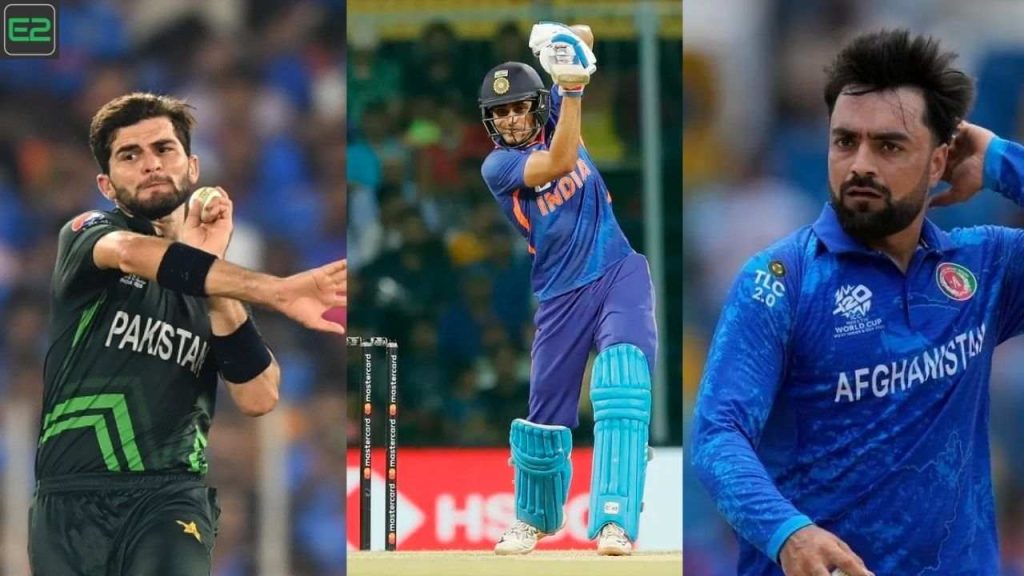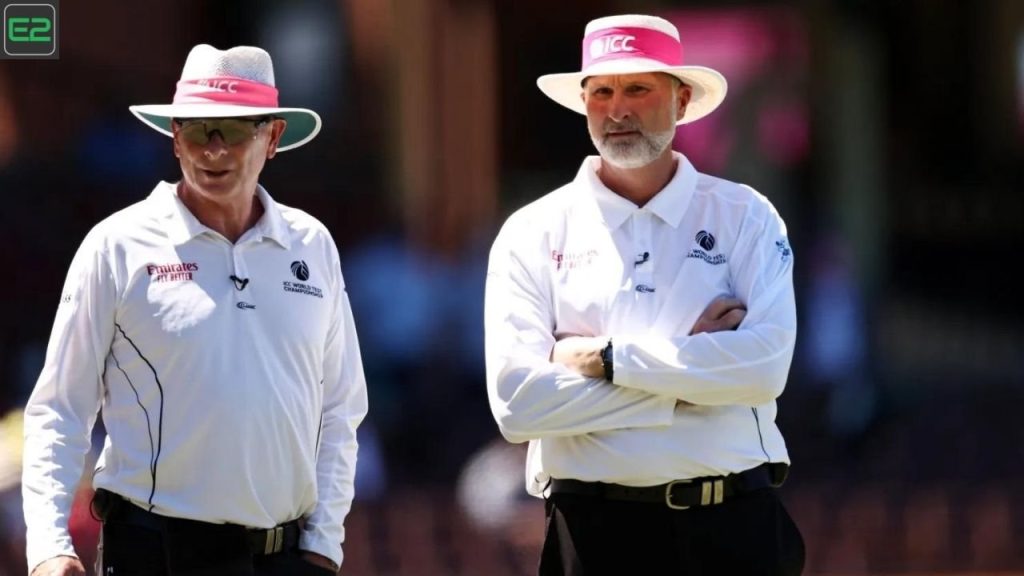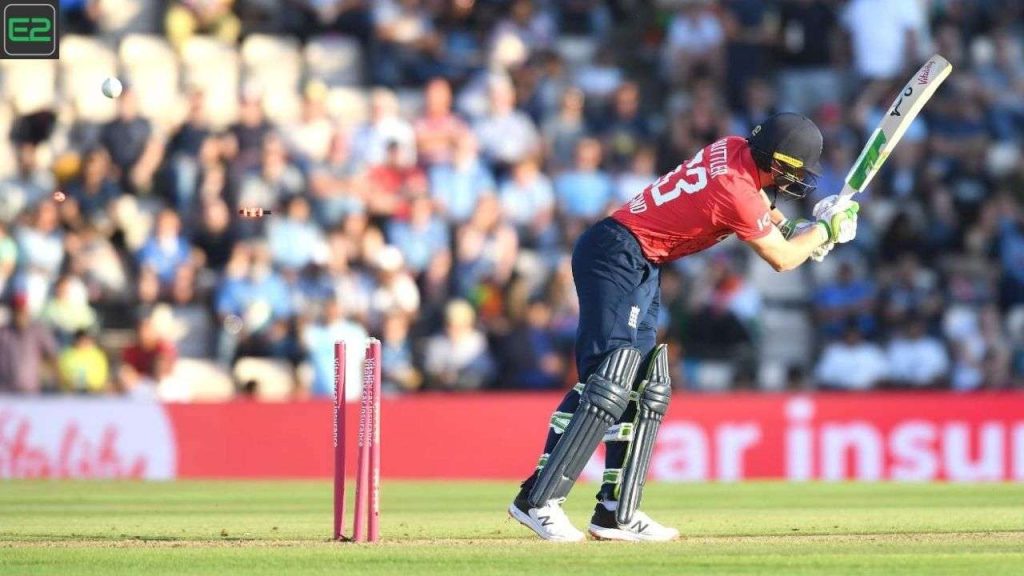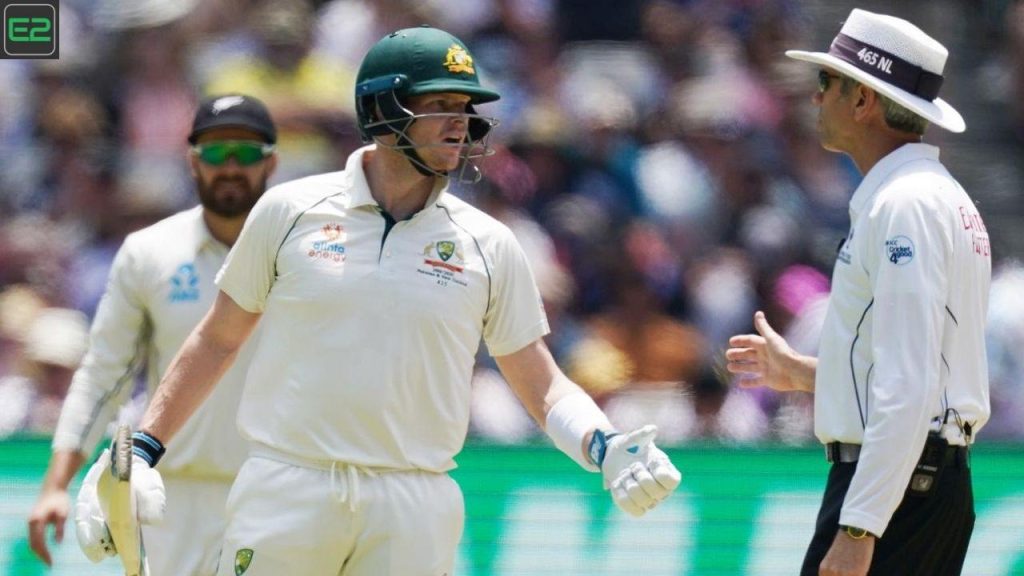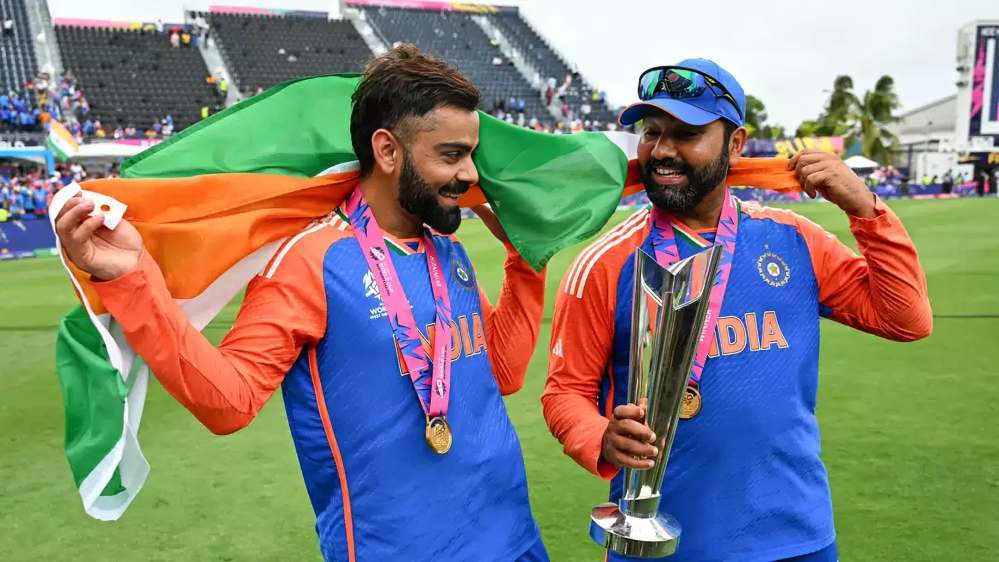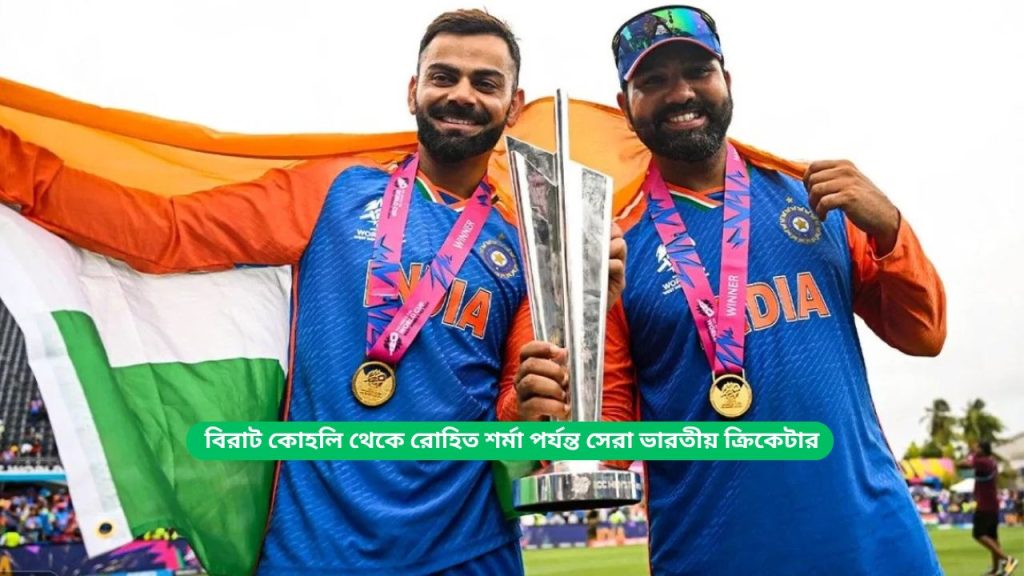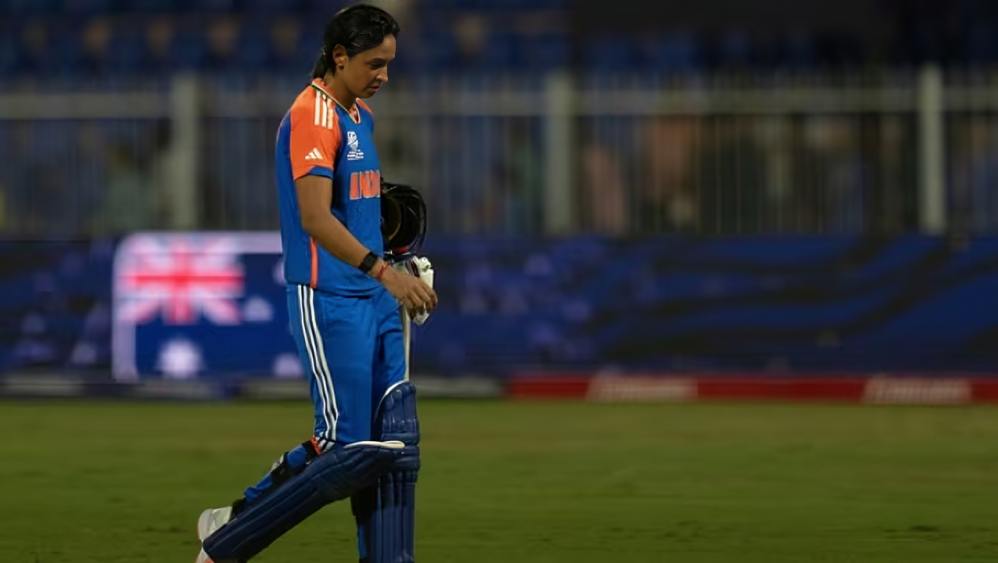Why Do Cricketers Wear Wristbands?: In cricket, wristbands are a common sight on players’ wrists, from Test matches to T20 leagues. While these accessories may seem like mere fashion statements to some, they serve various practical, symbolic, and personal purposes. So, why exactly do cricketers wear wristbands? The reasons range from enhancing performance on the field to making personal or team-oriented statements.
1. Sweat Absorption and Comfort
One of the most practical reasons cricketers wear wristbands is to absorb sweat. Cricket is a physically demanding sport, especially under the hot sun, and players often find themselves sweating profusely during a match. This is particularly true for batsmen who spend long hours at the crease or bowlers who are constantly moving. Sweat can accumulate on the hands and arms, potentially causing discomfort or even affecting grip.
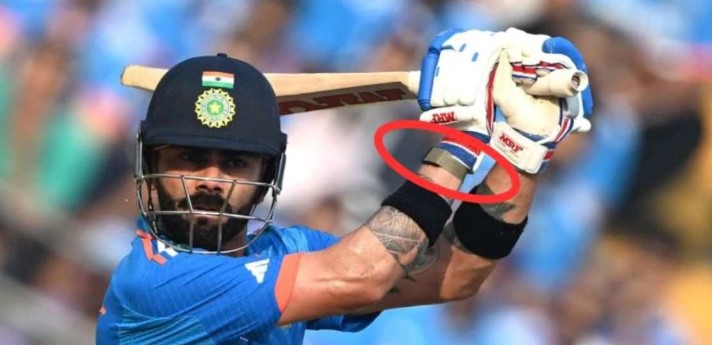
Typically made of absorbent materials like cotton or synthetic fabrics, are worn to prevent sweat from dripping down to the hands and interfering with their grip on the bat, ball, or gloves. This can be crucial in maintaining control and precision, especially in high-pressure moments.
2. Increased Grip and Control
In addition to absorbing sweat, wristbands can help cricketers maintain a secure grip on their equipment. For instance, batsmen rely on a firm grip of the bat to play shots effectively, and bowlers require a good hold on the ball for spin or pace control. Excess sweat on the wrist can sometimes cause a slippery grip, leading to errors in technique or performance.
Some cricketers, especially those who prefer wearing them tightly around the wrists, find that wristbands provide a little extra pressure, helping them keep their hands and wrists in the optimal position for their style of play.
3. Support for the Wrist and Forearm
This can also serve as a form of light compression for the wrist and forearm. This can help alleviate minor discomforts like muscle strain or soreness, particularly in fast bowlers who put a lot of strain on their wrists and arms when delivering the ball at high speeds. A wristband offers support to the muscles and tendons in this area, potentially reducing the risk of overuse injuries.
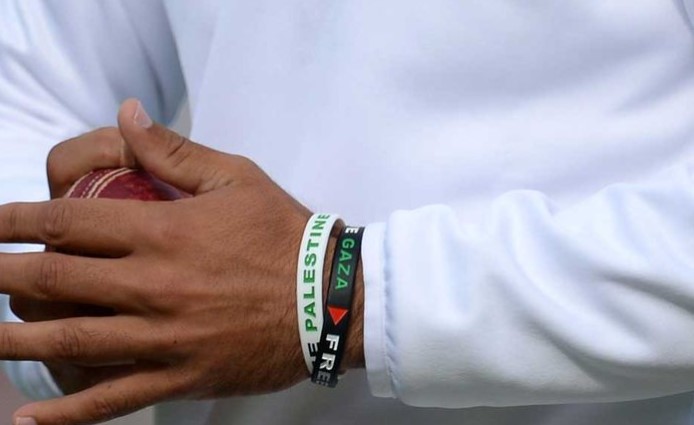
While wristbands are not a substitute for specialized athletic support gear like braces, they can provide a degree of comfort and added stability for players during matches.
4. Team Identity and Uniform
This can also be a part of a team’s official uniform or branding. Just as players wear jerseys with team logos, wristbands may carry the team’s colors or sponsor logos, helping players look unified and connected as part of a larger collective. The wristband can serve as a symbol of team spirit, and often, they are worn as a subtle way of reinforcing the identity of the team.
For example, during certain series or tournaments, teams may wear specific wristbands in solidarity for causes, such as anti-racism initiatives or support for charity causes. These wristbands can be a physical manifestation of a team’s commitment to something bigger than the sport itself.

5. Personal Significance and Superstitions
Cricket, like many sports, is steeped in tradition and superstition. For many cricketers, wearing wristbands may have a personal or symbolic meaning. Some players may wear wristbands to remember a significant event, honor a loved one, or even as part of a personal pre-match ritual.
Superstitions in cricket are well-known, and wristbands often become part of a player’s mental preparation. For example, a player might have a particular wristband they wear because they believe it brings them good luck or helps them perform better. Others may wear wristbands to commemorate a specific match or achievement, carrying with them a sense of motivation or inspiration.
6. Fashion and Personal Style
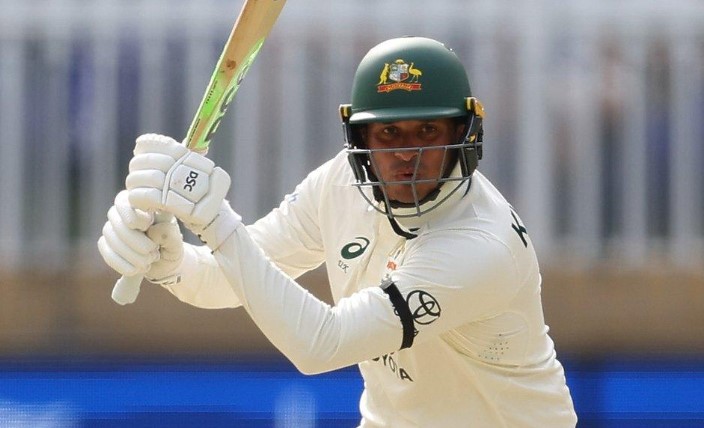
Beyond function and symbolism, wristbands can also be a matter of personal style for some cricketers. In modern-day sport, appearance and individuality matter just as much as performance. Wristbands are an accessory that allows players to express their personality on the field, and many players choose colors, patterns, or brands that reflect their style.
Some cricketers wear this as part of their overall “look,” giving them a sense of confidence and distinctiveness. Fashion-conscious players, especially in leagues like the Indian Premier League (IPL), may pair wristbands with other accessories like caps, sunglasses, or custom gloves to create a signature style.
7. Charitable Causes and Messages
These are sometimes used to raise awareness for social, environmental, or charitable causes. Much like athletes in other sports who wear wristbands to promote specific campaigns, cricketers can use wristbands to support causes close to their hearts. For instance, players may wear wristbands featuring slogans or symbols related to charitable foundations, health awareness campaigns (such as breast cancer awareness), or global social issues like climate change.
These wristbands provide a visible platform for cricketers to use their global reach for positive influence, reminding fans and other players of causes they feel passionate about.
Wearing wristbands in cricket is not just about fashion; it serves practical, personal, and symbolic purposes. Whether they are used to absorb sweat, improve performance, offer support to the wrist, or show solidarity with a team or cause, wristbands are a versatile and meaningful accessory for cricketers. They are often deeply embedded in the culture of the sport, combining elements of performance enhancement, team identity, and individual expression.
In a sport where small details can make a big difference, the wristband is a simple but significant tool that offers both physical benefits and psychological comfort to players, helping them focus and perform at their best.
You will have fun playing exciting games on here: E2Bet
Here Are Some Helpful Tips:



